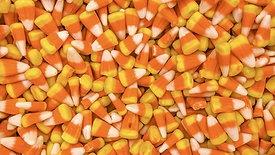Ingredients
From ‘Good’ to ‘Great’—A Story of Transformation with Culture at the Heart
Driving a food safety culture is about more than training, audits and inspections, or testing; fundamentally, it is about how we influence people's behaviors
October 11, 2024
Never miss the latest news and trends driving the food safety industry
eNewsletter | Website | eMagazine
JOIN TODAY!Copyright ©2025. All Rights Reserved BNP Media.
Design, CMS, Hosting & Web Development :: ePublishing












